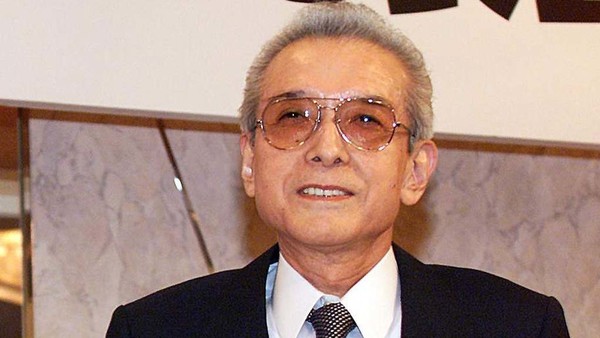How Nintendo Helped Create (And Beat) The Yakuza

In the early '80s, the advent of the arcade industry saw Nintendo transform from a popular domestic toy merchant into an internationally recognised commodity. Looking to expand into the USA Shigeru Miyamoto was asked to repurpose one cabinet, Radar Scope, which had failed to hit the target in the country. Americans went absolutely ape over his new game, Donkey Kong, and the brand raked in currency at the coin-ops. The burgeoning new demographic informed their next move - one that'd turn Nintendo into a global phenomenon.
Following the catastrophic video game crash of 1983, after which retailer confidence in consoles dramatically dropped - they were disregarded as a passing fad - Yamauchi and co. bravely stepped in to fill the vacuum. The Nintendo Entertainment System - which had released two years prior as the Famicom in Japan - was billed as anything but a toy. This was serious equipment. Nintendo's own gamble proved far from 'useless'; the market was reinvigorated, and they subsequently cornered it for the next seven years.
With such dominance at home and abroad, it was perfectly natural for Nintendo to rest on their laurels, milking the Famicom/NES for maximum profit before discontinuing it. However, patience soon became complacency; Yamauchi had not bargained on Sega, whose feeble SG-1000 had barely dented the Famicom's sales, producing a high-tech, rival product that'd decimate Nintendo's American market share.
The Sega Genesis, in an echo of the NES' own launch some four years earlier, was presented to North American kids as the opposite of Nintendo's child-friendly fare. 'Sega do what Nintedon't', was the lawyer-baiting strapline. The truth is, it still promoted the same array of cutesy platformers and sports sims, but it did so with a technical prowess that made the NES look as prehistoric as BC Kid, the mascot of failed pretenders NEC. Nintendo had to act - and quickly.
Continued on the next page...